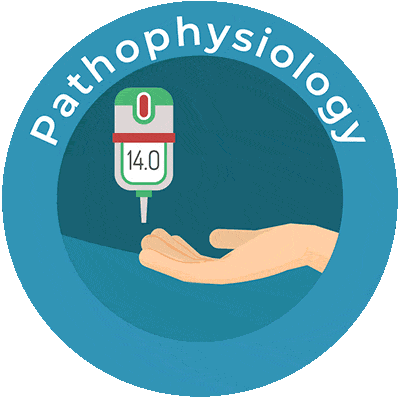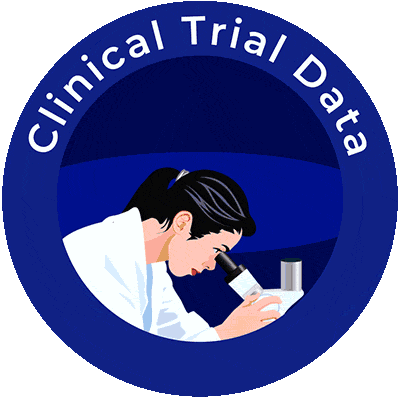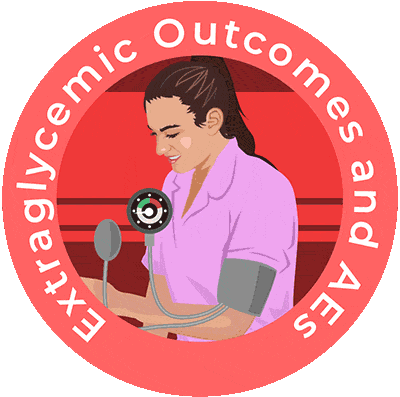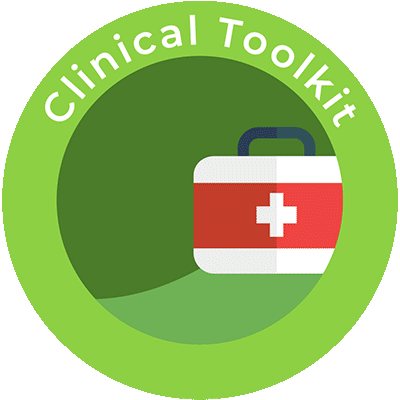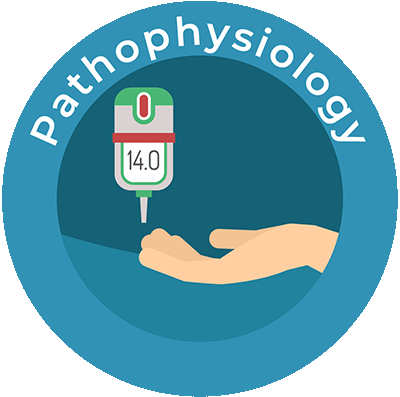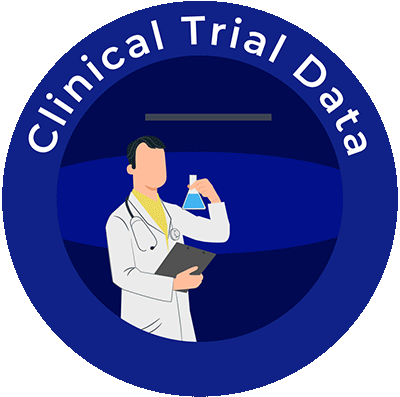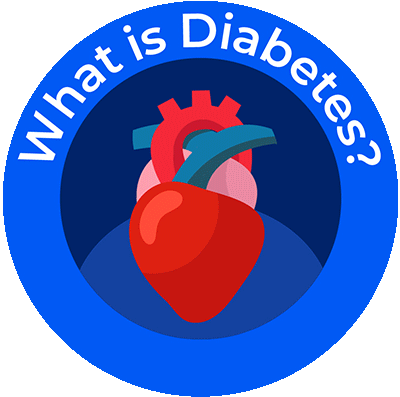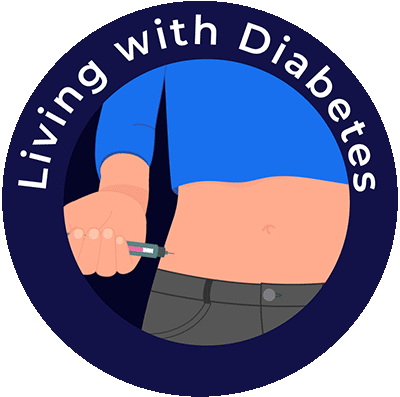Clinical Toolkit
Introduction
It is estimated that over 37 million people in the US have diabetes, accounting for 11.3% of the US population.1 If current trends continue, this number is expected to grow to 1 in 3 people in the US by 2050.2 Type 2 diabetes increases the risk of heart disease, stroke, kidney failure, blindness, and amputations. Given the severity of diabetic complications, it is imperative that clinicians are educated on recent evidence-based treatment guidelines and available therapies for the management of type 2 diabetes and its comorbidities. The unique mechanism of action of GLP-1 receptor agonists has led to great advances in the care of patients with type 2 diabetes. These agents effectively control blood glucose levels, minimize the risk of hypoglycemia, prevent major adverse cardiovascular events, and improve patients’ quality of life.
In this Clinical Toolkit, you will find recent treatment guidelines for the management of type 2 diabetes, clinical trial data on the glycemic and extra-glycemic effects of GLP-1 receptor agonists, and information on potential adverse events with these agents. A list of additional resources is also provided to help clinicians incorporate GLP-1 receptor agonists into practice and improve the clinical outcomes of patients with type 2 diabetes.
References
- Centers for Disease Control and Prevention. National Diabetes Statistics Report, 2020. Atlanta, GA: Centers for Disease Control and Prevention, U.S. Dept of Health and Human Services; 2020. https://www.cdc.gov/diabetes/data/statistics-report/index.html. Accessed on December 5, 2022.
- Number of Americans with diabetes projected to double or triple by 2050 [press release]. https://www.cdc.gov/media/pressrel/2010/r101022.html. Accessed on December 5, 2022.

